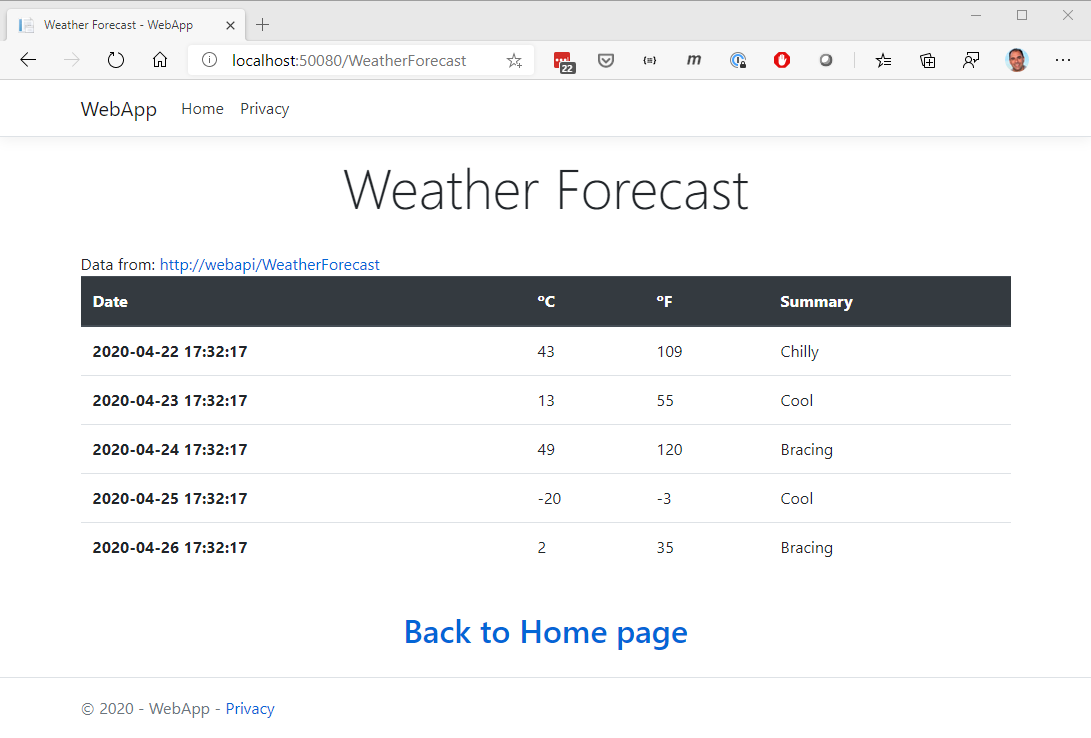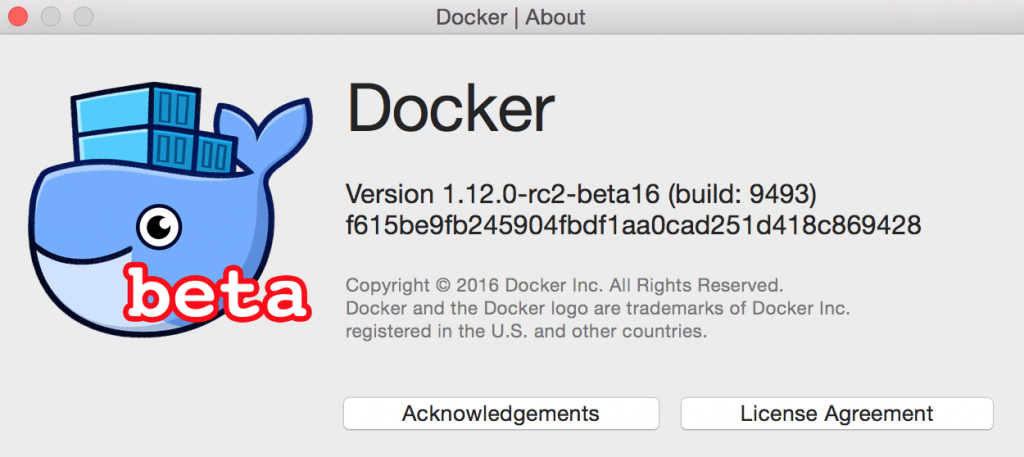

A container runs on the host’s kernel and is basically just another process, albeit one with better isolation from other processes running on the host (it uses namespaces to accomplish this). In terms of CPU overhead, it helps to remember that, unlike a virtual machine, Docker does not require a layer of virtualization on top of the host operating system. So, the question is, what is the impact of running HAProxy inside of a container? You want your load balancer to be fast, with no added latency from the environment. It also lends itself to easier software upgrades. That in turn makes deployment a repeatable and testable process. Starting, stopping, and removing a container are as easy as calling one-line docker commands. Lifecycle management becomes standardized too.

When you deploy a container, you gain the ability to run an entire application complete with its runtime environment without ever actually installing it onto the host system. The service is completely contained within the container and all you need to do is start it and then map a TCP port to it.
DOCKER FOR MAC LOOP INSTALL
Docker allows you to drop a container onto a host system and instantly get a running service-no install scripts, no installing C libraries. The benefits of Dockerĭo you want the ability to run HAProxy without needing to compile it, install dependencies, or otherwise alter your system?ĭocker containers bring considerable benefits, chief among them being less ceremony around installation and execution. The commands I demonstrate were performed on a Linux workstation, but will work just as well when using Docker Desktop for Windows or Docker Desktop for Mac. I will be using those images in this blog post. These are updated regularly with the latest patches and security updates. HAProxy Technologies builds its own set of Docker images under its namespace haproxytech.
DOCKER FOR MAC LOOP HOW TO
Note that we are covering how to run HAProxy, not the HAProxy Kubernetes Ingress Controller. In this blog post, you’ll learn why you might consider running HAProxy inside a container and what the ramifications could be.

Why would you want to run your load balancer inside of a Docker container? Are their performance penalties when doing so? Will it introduce any security issues? As a standalone service that runs on Linux, porting it to Docker certainly seemed natural. Pardon the cliché, but HAProxy was born for this. Can you run HAProxy as a Docker container? Yes! Did you even need to ask? Docker is ubiquitous these days and you’ll find that many applications have been Docker-ized the HAProxy load balancer is no exception.


 0 kommentar(er)
0 kommentar(er)
